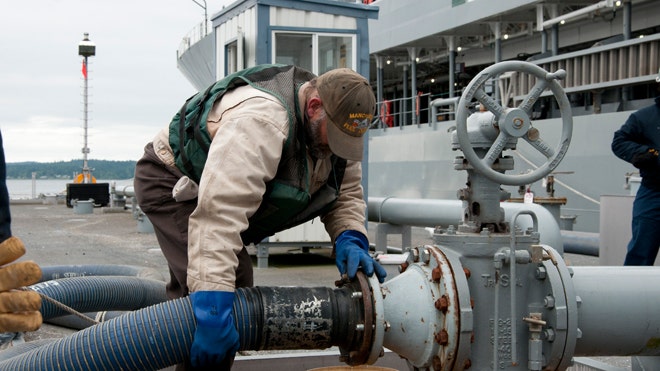Entertain Your Pets With Gadgets While You're Out -

It's an issue that's plagued humans since the first wolf was domesticated back in Palaeolithic times: How do you keep your pet(s) entertained while you're away at work? Granted that back then, they would have been along for the hunt, but since some workplaces aren't as welcoming to furry/feathered friends as others, we've come up with some tips to keep your pets content while you slave away during the day.
According to the APPA (American Pet Products Association), Americans spent nearly $51 billion on their pets in 2011. Clearly, we care about these animals. At the same time, our homes have become a lot more sterile (fewer critters to chase around), more of us are working in dual-income scenarios (no-one home to spend time with Fido during the day), we have a lot more stuff that they could get into and potentially damage, and not all of us have the ability to bring our pet into the office with us. Paying someone $20 a day to check in on Fido and take him for a quick walk may be out of reach for some budgets and it still only splits the day up, leaving hours of boredom. Bored animals can quickly become expensive animals. I once replaced an entire living room suite when our pair of dogs — both sizeable German Shepherd mixes — decided to redecorate and happily greeted me at the door after work with splinters from the totalled couch still hanging out of their mouths. There has to be a better way.
Enter technology. We now have more options than ever to keep our pets entertained in our absence, reducing the likelihood that they'll choose inappropriate activity to while away the time or fall into a pet depression. Even better, we can now observe what they're up to — in real time! Not only that, but thanks to that smartphone you take everywhere, you can even reach out from afar to tell your pet to drop that shoe he's cleverly retrieved from the closet.
Read more -
http://howto.wired.com/wiki/Entertain_Your_Pets_With_Gadgets_While_You%27re_Out

It's an issue that's plagued humans since the first wolf was domesticated back in Palaeolithic times: How do you keep your pet(s) entertained while you're away at work? Granted that back then, they would have been along for the hunt, but since some workplaces aren't as welcoming to furry/feathered friends as others, we've come up with some tips to keep your pets content while you slave away during the day.
According to the APPA (American Pet Products Association), Americans spent nearly $51 billion on their pets in 2011. Clearly, we care about these animals. At the same time, our homes have become a lot more sterile (fewer critters to chase around), more of us are working in dual-income scenarios (no-one home to spend time with Fido during the day), we have a lot more stuff that they could get into and potentially damage, and not all of us have the ability to bring our pet into the office with us. Paying someone $20 a day to check in on Fido and take him for a quick walk may be out of reach for some budgets and it still only splits the day up, leaving hours of boredom. Bored animals can quickly become expensive animals. I once replaced an entire living room suite when our pair of dogs — both sizeable German Shepherd mixes — decided to redecorate and happily greeted me at the door after work with splinters from the totalled couch still hanging out of their mouths. There has to be a better way.
Enter technology. We now have more options than ever to keep our pets entertained in our absence, reducing the likelihood that they'll choose inappropriate activity to while away the time or fall into a pet depression. Even better, we can now observe what they're up to — in real time! Not only that, but thanks to that smartphone you take everywhere, you can even reach out from afar to tell your pet to drop that shoe he's cleverly retrieved from the closet.
Read more -
http://howto.wired.com/wiki/Entertain_Your_Pets_With_Gadgets_While_You%27re_Out







